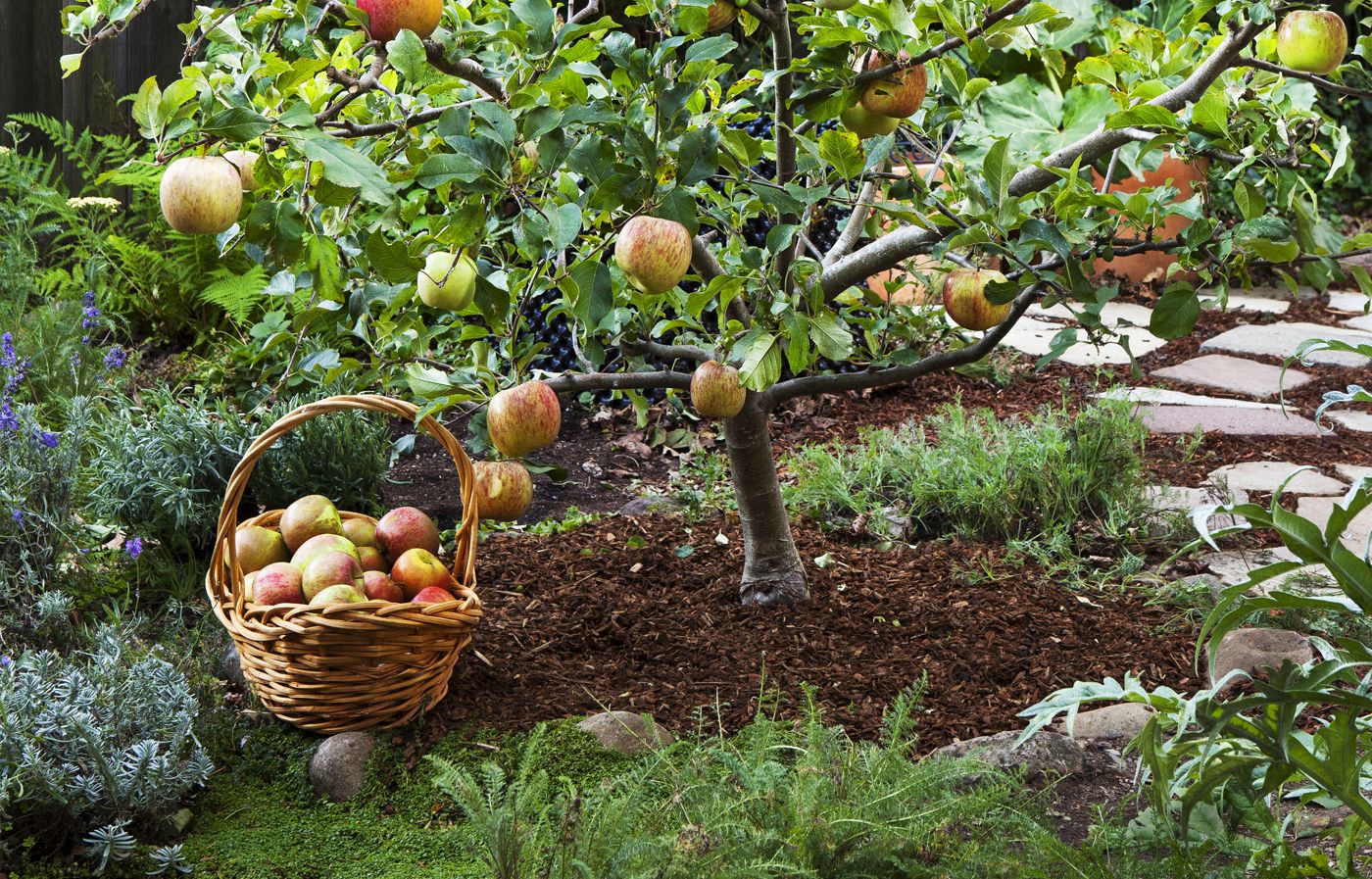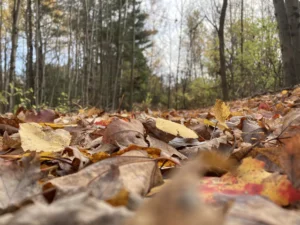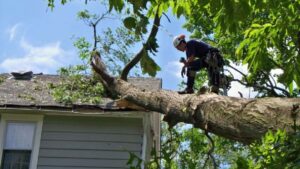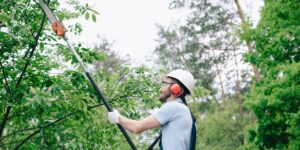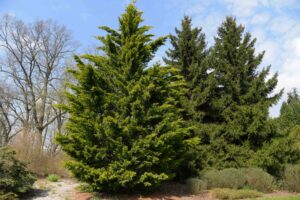Best Time to Fertilize Fruit Trees for Huge Harvests
Are you dreaming of fruit trees bursting with juicy apples, peaches, or cherries? The secret to those picture-perfect harvests isn’t just good genetics or favorable weather—it’s proper fertilization timing. Knowing exactly when to feed your fruit trees can dramatically increase your yield and improve fruit quality. In this comprehensive guide, we’ll explore the optimal fertilization schedule for various fruit trees across different growing zones in the United States.
Why Timing Matters When Fertilizing Fruit Trees
Fertilizing at the wrong time can sabotage your harvest before it even begins. Apply nutrients too early, and they might get washed away by spring rains before your tree can use them. Too late, and you risk stimulating new growth that won’t have time to harden off before winter, leaving your tree vulnerable to cold damage.
Each type of fruit tree has specific nutritional needs that change throughout the growing season. Understanding this natural cycle is key to maximizing your harvest potential.
The Fruit Tree Growth Cycle and Fertilization Windows
Your fruit trees go through distinct phases during the year, each with different nutritional requirements:
- Dormancy (Winter): Trees are resting and require minimal nutrients
- Bud Break (Early Spring): Energy reserves are mobilized for new growth
- Flowering (Spring): Critical period for fruit set
- Fruit Development (Late Spring/Summer): Highest nutrient demand
- Post-Harvest (Fall): Energy storage for winter and next season
The USDA’s Agricultural Research Service notes that properly timed fertilization can increase yields by 20-40% compared to poorly timed applications. According to the USDA National Agricultural Library, synchronized nutrient availability with tree demand is essential for optimal fruit production.
Optimal Fertilization Timing By Fruit Tree Type
Different fruit trees have unique requirements for fertilization timing. Here’s a detailed breakdown:

Apple and Pear Trees
For apple and pear trees, split your fertilizer application into two main periods:
- Early Spring (2-3 weeks before bud break): Apply approximately 2/3 of the annual nitrogen requirement just as the soil thaws but before new growth appears. This timing ensures nutrients are available when the tree begins active growth.
- Post-Bloom (4-6 weeks after flowering): Apply the remaining 1/3 of fertilizer after fruit set but before mid-summer. This supports fruit development without encouraging late-season growth.
Avoid fertilizing after July in most regions, as this can stimulate vulnerable new growth before winter and reduce fruit bud formation for the following year.
Stone Fruits (Peach, Plum, Cherry, Apricot)
Stone fruits benefit from a slightly different schedule:
- Late Winter/Early Spring (2-4 weeks before bloom): Apply 1/2 of the annual fertilizer requirement
- After Harvest: Apply the second 1/2 of fertilizer immediately after harvesting fruits. This helps the tree recover and prepare for the next growing season.
Peaches in particular need adequate potassium during the fruit development stage to improve fruit quality and storage life.
Citrus Trees
Citrus trees in warmer growing zones (8-11) require a different approach:
- February/March: First application (1/3 of annual amount)
- May/June: Second application (1/3 of annual amount)
- August/September: Final application (1/3 of annual amount)
For container-grown citrus, use a diluted fertilizer application monthly during the growing season rather than these larger seasonal applications.
Fertilization Schedule By USDA Growing Zone
Your location significantly impacts the optimal fertilization timing. Here’s a reference table by USDA growing zone:
| USDA Zone | First Application | Second Application | Optional Fall Application |
|---|---|---|---|
| 3-4 | Late April to early May | Late June | Not recommended |
| 5-6 | Early to mid-April | Early to mid-June | Late August (light) |
| 7-8 | Late March to early April | Early June | Early September (light) |
| 9-10 | February to early March | May | Late August to September |
Remember that these dates should be adjusted based on your specific microclimate and current weather conditions. The key indicator is to fertilize just before bud break for the first application, which might vary by a week or two each year.
Regional Considerations

Northeast and Midwest (Zones 3-6):
- Later spring applications due to extended cold periods
- Shorter growing season means avoiding late-summer fertilization
- Focus on hardy varieties that can withstand cold winters
Southeast (Zones 7-8):
- Earlier spring applications possible
- Extended growing season allows for fall fertilization
- Higher rainfall may necessitate split applications
West Coast and Southwest (Zones 8-10):
- Much earlier spring applications
- Drought conditions may require combining fertilization with irrigation
- Year-round growing conditions for citrus require more frequent applications
Signs Your Fertilization Timing Is Off
How do you know if your fertilization schedule needs adjustment? Watch for these indicators:
Too Early/Too Much:
- Excessive vegetative growth with limited fruiting
- Dark green leaves but poor fruit set
- Increased susceptibility to pests and diseases
- Delayed fruit ripening
Too Late/Too Little:
- Pale green or yellowish leaves
- Reduced leaf size and early leaf drop
- Smaller than normal fruit size
- Alternate bearing years (heavy crop followed by little to no crop)
Soil Testing: The Foundation of Proper Timing
Before establishing your fertilization schedule, conduct a soil test in late fall or early winter. The results will guide your specific timing and application rates.
The University of California Cooperative Extension recommends soil testing every 2-3 years for established orchards and annually for new plantings. You can obtain soil testing kits through your local extension office or use a mail-in service from a reputable agricultural laboratory.
Fertilizer Types and Their Impact on Timing
The type of fertilizer you choose affects when it should be applied:
Quick-Release Synthetic Fertilizers
These provide immediately available nutrients but have a shorter duration of effectiveness.
- Apply closer to the time of active growth
- May require multiple applications throughout the season
- Risk of nutrient leaching if heavy rain follows application
Slow-Release Organic Fertilizers
These release nutrients gradually as soil microorganisms break them down.
- Can be applied earlier in the season
- Often require only one or two applications per year
- Less risk of nutrient runoff or leaching
- Build soil health over time
According to research from the USDA, organic slow-release fertilizers may produce more consistent yields over time, while synthetic fertilizers often show faster initial results.
Special Timing Considerations
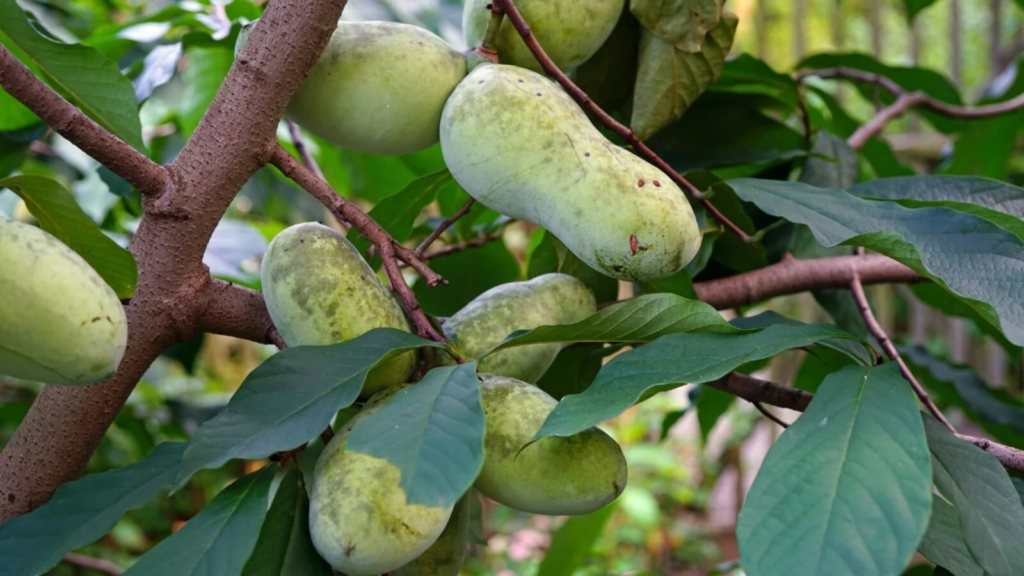
Young vs. Mature Trees
Newly Planted Trees (1st year):
- Wait until 4-6 weeks after planting before applying any fertilizer
- Use half the recommended rate for established trees
- Focus on root establishment rather than fruit production
Young, Non-Bearing Trees (2-3 years):
- Apply fertilizer in early spring just before growth begins
- May benefit from a second light application in early summer
- Focus on building tree structure and strength
Mature, Bearing Trees:
- Follow the standard timing recommendations for your fruit type
- Adjust based on previous year’s growth and production
- May need less nitrogen but more potassium and phosphorus
Integrated With Irrigation
If you use drip irrigation or fertigation systems, you can deliver smaller amounts of nutrients throughout the growing season instead of larger, less frequent applications. This approach:
- Reduces nutrient leaching
- Provides more consistent nutrient availability
- Works especially well in sandy soils
Common Mistakes to Avoid
Even with perfect timing, these common mistakes can undermine your fertilization efforts:
- Applying fertilizer too close to the trunk – Always distribute from the drip line inward, avoiding the area within 6 inches of the trunk
- Improper watering after fertilization – Light watering is needed to move nutrients into the root zone without leaching them away
- Ignoring soil pH – Nutrients become unavailable if the soil is too acidic or alkaline, regardless of timing
- Over-fertilizing – More is not better! Excessive fertilization leads to reduced fruit quality and environmental contamination
Sustainable Fertilization Practices
Consider these environmentally-friendly approaches that can enhance your fertilization timing strategy:
- Mulching with compost or organic matter in late fall provides slow-release nutrients throughout the next growing season
- Cover crops planted in fall and tilled under in spring add organic matter and nutrients at the perfect time
- Foliar feeding during critical growth periods can supplement soil applications for quick nutrient delivery
The Environmental Protection Agency provides guidelines for sustainable fertilization practices that minimize environmental impact while maximizing crop production. These practices are outlined in their National Organic Program standards.
Conclusion: Timing Is Everything
While proper fertilization timing isn’t the only factor in producing abundant harvests, it’s one of the most critical and often overlooked aspects of fruit tree care. By synchronizing your fertilizer applications with your trees’ natural growth cycles and your specific regional conditions, you’ll maximize nutrient uptake efficiency and minimize waste.
Remember that observation is key—pay attention to your trees’ response each year and adjust your timing accordingly. With consistent care and properly timed fertilization, your backyard orchard can produce the bountiful harvests you’ve always dreamed of.
Start implementing these timing strategies this growing season, and you’ll likely see improvements in both fruit quantity and quality for years to come. Your fruit trees—and your taste buds—will thank you!
